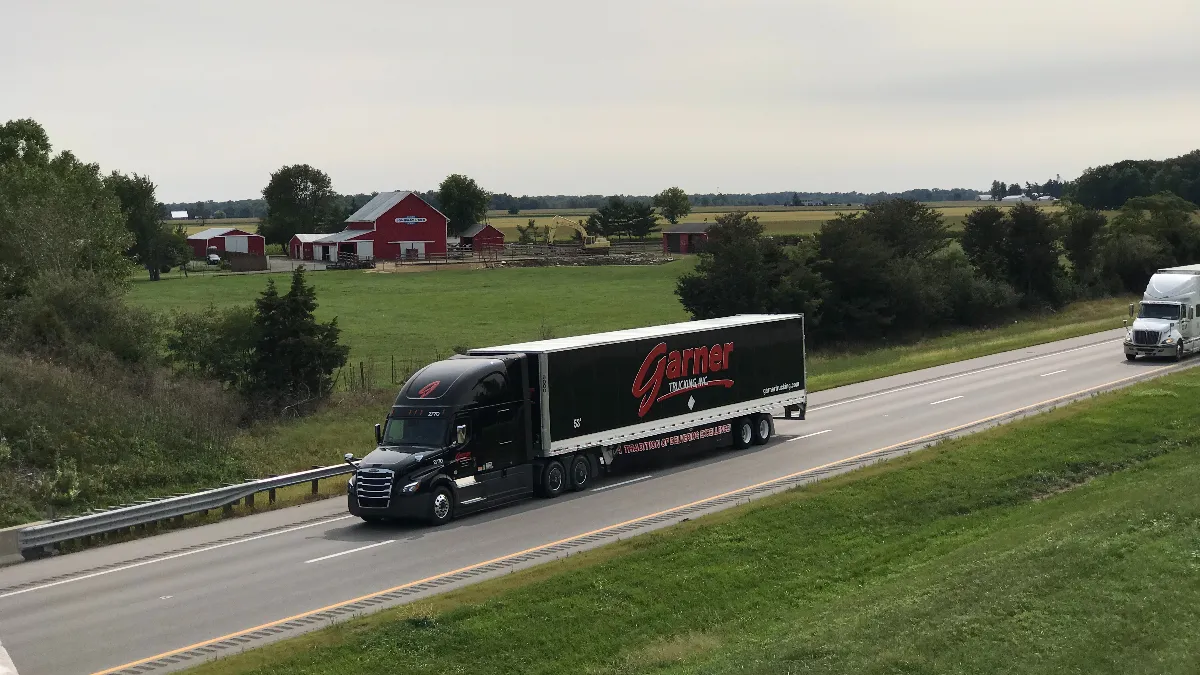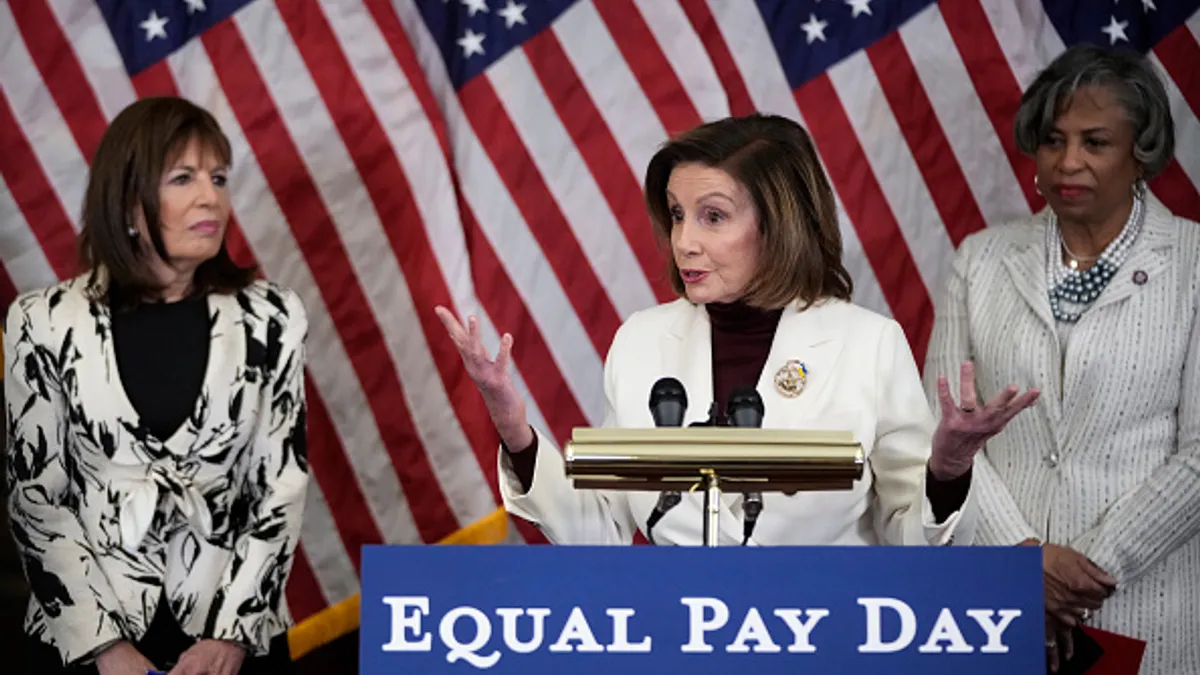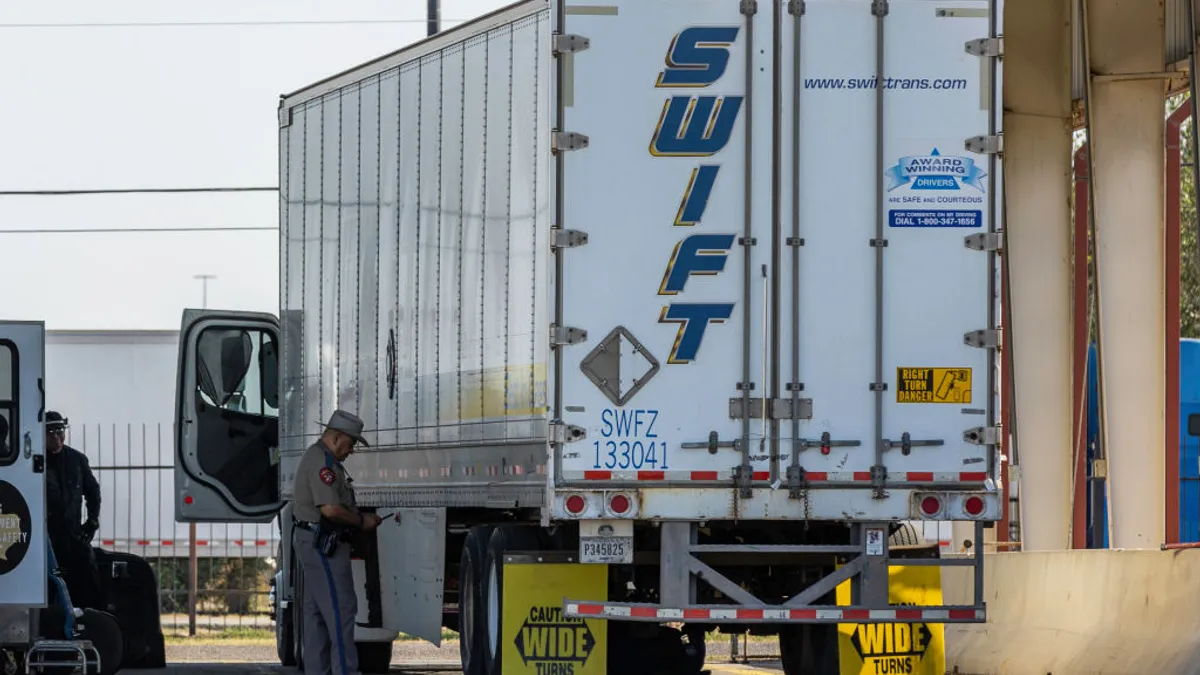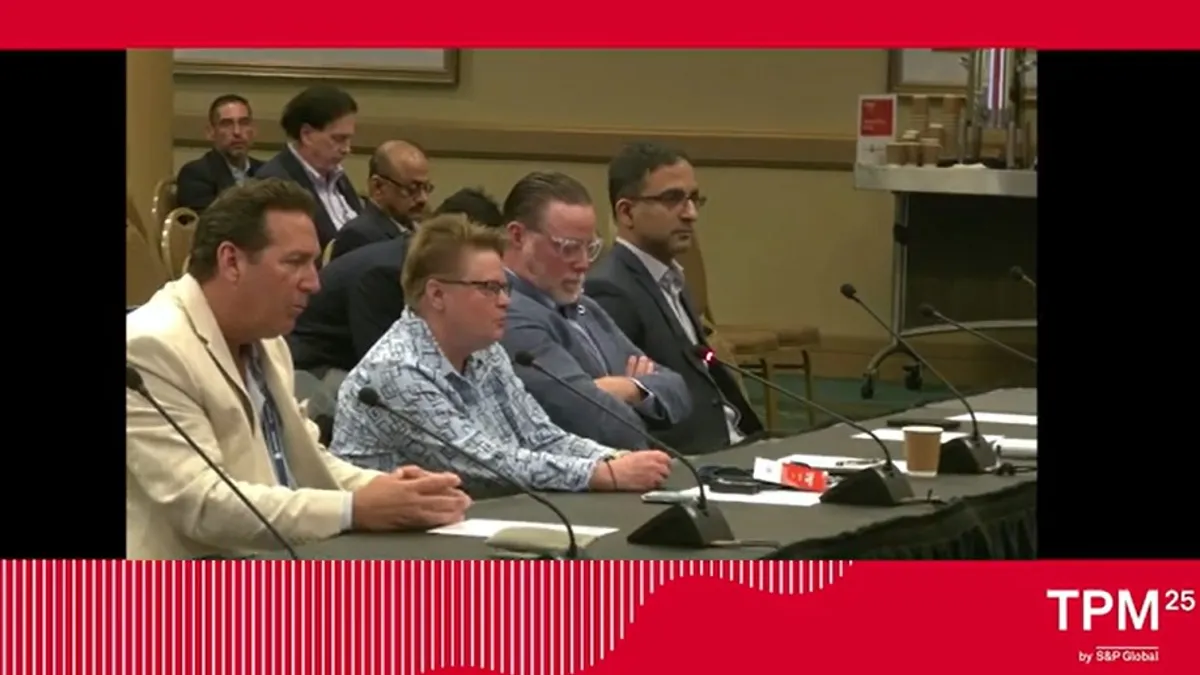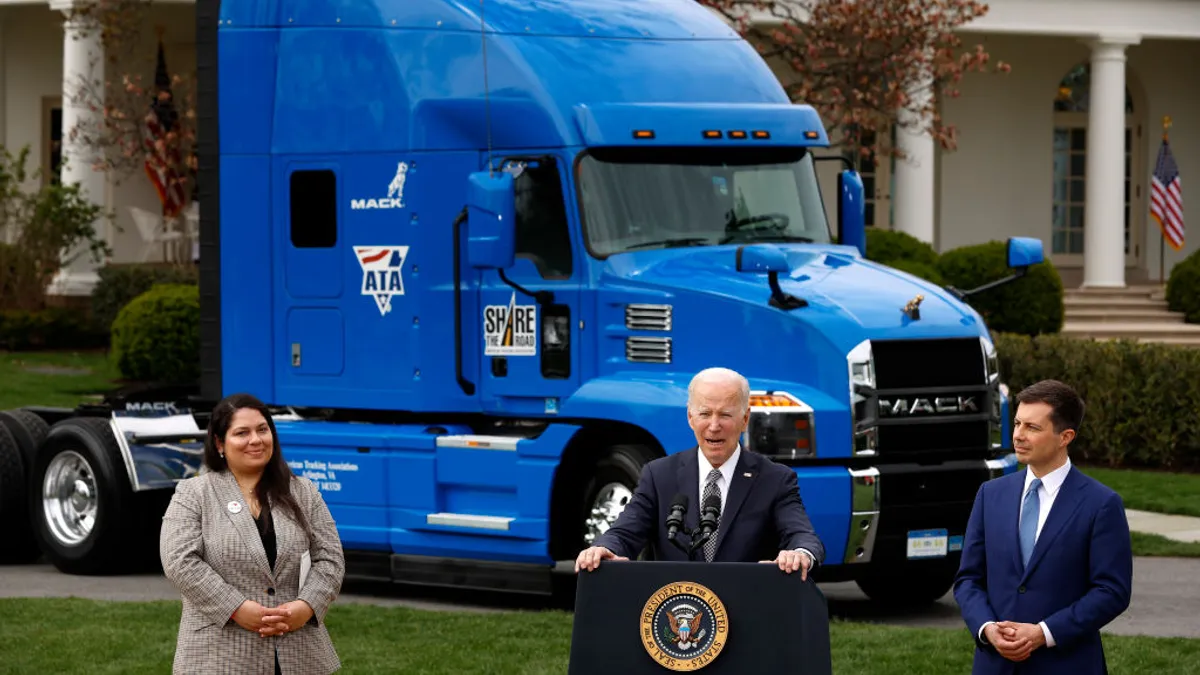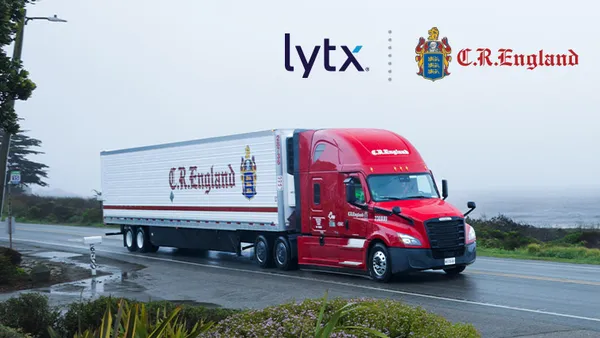The shortage of truck drivers continues to dominate the conversation in trucking industry circles. To combat the capacity squeeze, fleets have ramped up recruitment efforts.
Some emphasize new equipment to attract prospective drivers. Many are upping driver pay. Congress is even getting involved, introducing measures intended to help fleets bolster recruitment.
Chris Henry, vice president of customer experience and recognition programs at CarriersEdge, a driver-training provider, said he's seeing current recruiting efforts targeting those 30-35 years of age, veterans and people looking for second careers.
"Because they can't go interstate, they lose interest."

Tim Chrulski
COO of Garner Trucking
The older demographic does have an advantage: It can haul across state lines. People under 21 years of age cannot under current law, though some policymakers are looking to change that.
"Because they can't go interstate, they lose interest," said Tim Chrulski, COO at Garner Trucking. "Instead they opt for college, a trade school or joining the military."
But younger generations of people represent another potential pool of recruits — and the industry needs more tactics to fill the talent pipeline.
Aging — and clearing — out
A 2021 study conducted by Coyote Logistics and Emsi, a market analytics business, revealed that nearly 25% of the current commercial driving workforce will become eligible for retirement in the next 10 years. The study also confirmed that 57% of the current drivers are over 45 years of age.
And the FMCSA's Drug and Alcohol Clearinghouse database, launched in January 2020, has prohibited almost 65,000 drivers from driving, said Chrulski. Today, he said, north of 50,000 of those drivers are still in a prohibited status.
Earned retirement is a positive, as are safer roads. But when the driver population is reduced, pressure mounts on recruitment efforts. Chrulski noted Garner, a 100 % dry-van fleet serving the Midwest, currently employs 90 truck drivers and could easily keep 25 more busy.
"Now many fleets are paying for schooling, even if the driver leaves in three months because he or she doesn't like the job — which reinforces how desperate carriers are for labor."

Chris Henry
Vice President of Customer Experience and Recognition Programs at CarriersEdge
The company's past outreach recruiting efforts have included participating in local community events, such as "Touch a Truck" — an event held across the country that gives children a chance to experience trucks up close — driving Garner equipment in parades, speaking engagements and more. The fleet also does student outreach.
To plant the seed to recruiting those under 21, Chrulski builds relationships with teachers and administrators at local high schools and the trade school. When addressing these students, he also brings his director of maintenance and talks about about what it takes to become a truck technician.
When the pandemic hit last year, these activities came to a screeching halt. Now that people are getting vaccinated, the coast is gradually clearing for in-person interactions.
Desperation calls for incentivization
Offering incentives in combination with government pilot programs, such as the FMCSA's under-21 initiative, give capacity-stricken carriers reason to be hopeful, as they look to fill open driving positions with younger individuals.
A growing number of fleets are establishing their own driving schools or offering to pay for young drivers to obtain their CDLs, said Henry. Fleets used to require the driver to stay one to four years with the fleet, in order for such loans to be forgiven.
CarriersEdge provides a "Best Fleets to Drive For" compilation, which recognizes for-hire carriers providing the best workplace experiences for their drivers. As part of the annual evaluation process, participating fleets are asked (among a multitude of questions) what they are doing to attract new entrants, women and minorities to the industry, Henry said.
"Now many fleets are paying for schooling, even if the driver leaves in three months because he or she doesn't like the job — which reinforces how desperate carriers are for labor," Henry said.
For the first time ever, the average annual driver compensation for "Best Fleets" finalists eclipsed the $70,000 mark, which bodes well for new entrants, said Henry.
Chrulski confirmed Garner also increased its pay significantly after the first of this year. It also increased the amount of vacation time and shortened the length of time it takes to reach top pay rates.
Garner also offers an apprenticeship program for graduates of a CDL school who are under 21 years of age. For five weeks they ride with an experienced driver who drives intrastate only. Then they deliver their own intrastate loads in equipment with automated technology, such as lane departure warning and adaptive cruise control, to assist with the safe operation of the vehicle.
"A mixture of recruiting methods works best for recruiting drivers, so don't just rely on a single tactic."

Tim Chrulski
COO of Garner Trucking
"We are self-insured, so we can employ drivers who are under 21. But most insurance companies may not like this," said Chrulski.
Fleets should consider efforts in ethnic communities where they have had success, said Henry. Hiring for an array of positions and offering second-language training can give a carrier a boost, because those employees tell others about their experience. A valued employer speaks volumes. And don't forget diversity training for current staff.
Part of the issue attracting young people to the industry is a lack of narrative, Henry said. Carriers and associations do a great job informing the public about the importance of the trucking industry to the economy, but it doesn't reinforce the individual appeal of being a truck driver to those looking at their first careers.
In other words, why should a young person become a driver versus a plumber or electrician? What are the benefits of being on the open road, beyond high potential compensation?
Especially when reaching out to a younger demographic, prospective applicants want to know "what's in it for me?" Economic statistics mean nothing to them, said Henry.
"A mixture of recruiting methods works best for recruiting drivers, so don't just rely on a single tactic," said Chrulski


